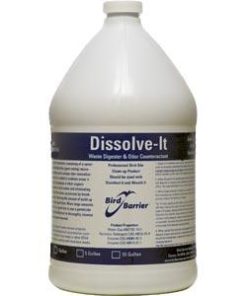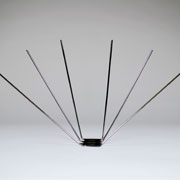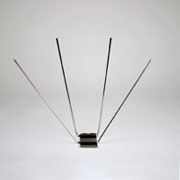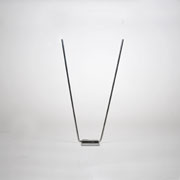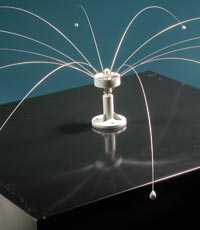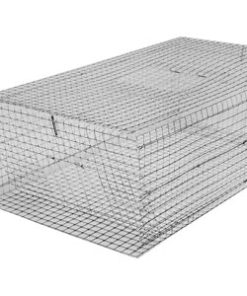pigeon control
Often referred to as “flying rats”, the pigeon is the number one urban pest bird in the United States. Large numbers exist in every city across the nation. Feral pigeons are descendants of domestic homing pigeons brought over from Europe and released here in the 1600s. The standard pigeon has a short neck with a small head. Their short legs with the level front and hind toes allow them to perch on branches as well as walk on flat surfaces.
The feral pigeon is generally blue-gray with a white rear; has iridescent feathers on head and neck; two broad black bars across each wing and a broad dark band across the end of the tail. They also can display white, brown or gray plumage.
Pigeons are responsible for untold millions of dollars of damage each year in urban areas. The uric acid in their feces is highly corrosive, and all the debris from roosting flocks can build up, backing up gutters and drains thus causing damage to roofs and other structures. Extensive damage to air conditioning units and other roof top machinery is very common. Pigeon droppings can deface the sides of buildings, projecting an unclean, dirty company image. Besides physical damage, the bacteria, fungal agents and ectoparasites found in pigeon droppings sometimes represent a health risk.
Nest building is very simple and often consists of a few stiff twigs. They prefer small flat areas away from the ground. Nests can often be located along building ledges, bridge supports, air conditioning units, window sills and the like. In crowded flocks, pigeons will even forgo nest building and lay eggs directly on a protected ledge.
Pigeons are monogamous and a mating pair will typically have three or four broods a year. The female will usually lay two or sometimes three eggs at a time. The eggs are a solid bright white color. The eggs take roughly 18 days to hatch and 35 more days before the fledglings leave the nest.
Pigeons are not migratory. Their natural instinct is to stay near their birth site. This trait gives the pigeon a very determined personality when it comes to roosting at a particular site. The daily cycle of a pigeon is to roost at night, feed in the morning and loaf in the afternoon.
Control measures recommended include the use of Dura-Spikes, Daddi Long Legs, or Pigeon Traps.
Dura-Spike
Dura-Spike Installation Instructions Dura-Spike-spec
Bird Control
Bird Control
Bird Control
Bird Control
Dura Spikes from Bird Barrier are 100% stainless steel and are available in three-foot lengths for fast application. The base can be cut easily with snips or shears. It curves gently or takes hard bends to conform to the building’s features. Length: 3-foot strips, ships 102 feet per box
How to Install Dura-Spike Bird Spikes– Use the spacing guides (right) to determine the best model for the application. Clean the surface thoroughly. Secure using liquid nails or other bond, or screw it down.
Bird Control
The Daddi Long Legs are inconspicuous from short distances and practically invisible from afar. It’s unobtrusive design allows for use in even high visibility ares like shopping and walking promenades, and parking lots.
Bird Control
Pigeon Traps are humane and made of long lasting materials. Traps are quite effective at trapping Pigeons. Placed correctly and baited with corn or grains, it will catch an unlimited number of Pigeons.

